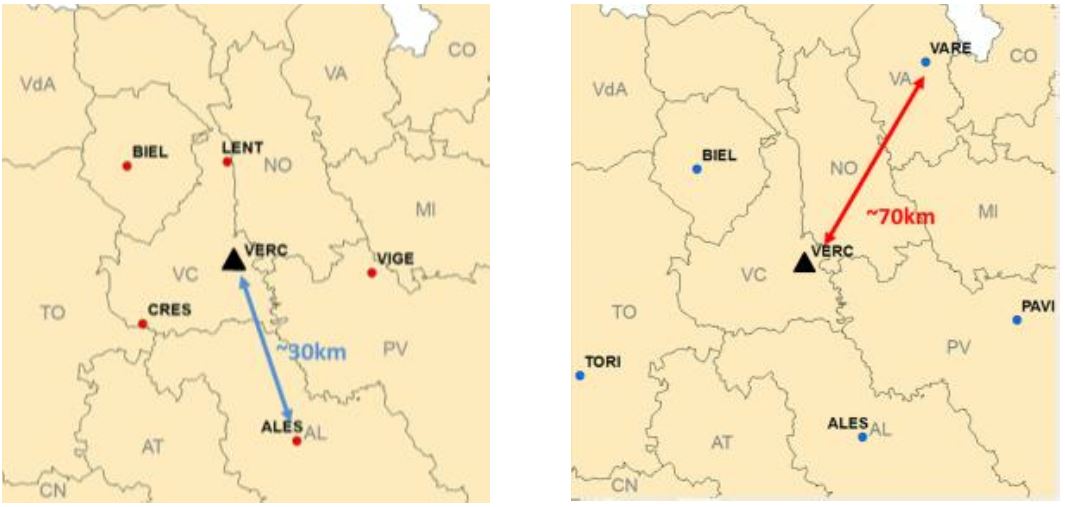An innovative method to predict and to detect the false fixing of the GNSS phase ambiguity in cors networks
Keywords:
quality control, GNSS, NRTK positioning, false fixing of ambiguity phase, low-cost GNSS instrumentsAbstract
One of the most critical points during the GNSS NRTK (Network Real Time Kinematic) positioning is the correct fixing of the phase
ambiguity. This work wants to try to focus attention on the quality control of the real-time GNSS positioning, both from the point of
view of what the network provides, and from one of the network products is used by the rover receiver. The quality of the
positioning is a parameter that must be monitored in real time to avoid an incorrect ambiguity fixing, also called FF (false fixing),
occurring; this can be due both to internal problems of the network software and, more often, to the environment (obstructions,
multipath and so on) within which where the receiver works. To achieve this control a tool was designed that, starting from the data
available in real time from a user connected to an NRTK positioning service, can identify with a certain probability threshold the
effective presence, or the possibility, of a false fixing. The FF estimator will be composed of a neural network, trained a priori with
some datasets, and will have, as a single output, the probability that the current fixing is a false fixing of the phase ambiguity.
Interesting and surprising results with geodetic GNSS receivers were obtained: in fact FFs are not only identified but also predicted
correctly in 95% of cases, regardless of differential correction and the size of the network of permanent stations. In this work only
parameters available in real time from the user were considered, but in the future the goal will be to consider also some network
parameters in order to analyze why there are still unexplained FFs.
Downloads

Downloads
Published
How to Cite
Issue
Section
License

This work is licensed under a Creative Commons Attribution-ShareAlike 4.0 International License.



